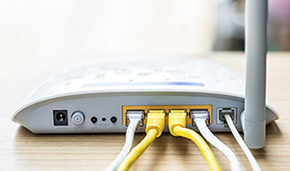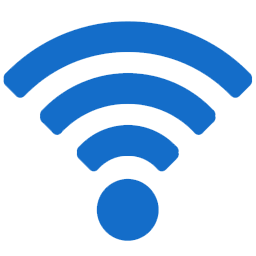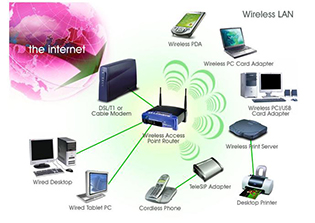Wi-Fi's Humble Beginnings

In 1985, the Federal Communications Commission, America's telecoms regulator, made a decision to open several bands of wireless spectrum without the need for a government license. The FCC took three chunks of spectrum from the industrial, scientific and medical bands and opened them up to communications entrepreneurs.
These so-called “garbage bands”, at 900MHz, 2.4GHz and 5.8GHz, were already using equipment that used radio-frequency energy for purposes other than communications: microwave ovens. The FCC made them available for communications purposes as well, on the condition that any devices using these bands would have to steer around interference from other equipment. They would do so using “spread spectrum” technology, which spreads a radio signal out over a wide range of frequencies, in contrast to the usual approach of transmitting on a single, well-defined frequency.
What ultimately got Wi-Fi moving was the creation of an industry-wide standard. Initially, vendors of wireless equipment for LANs developed their own kinds of proprietary equipment that operated in the unlicensed bands: equipment from one vendor could not talk to equipment from another. Inspired by the success of Ethernet, a wireline-networking standard, several vendors realized that a common wireless standard made sense too. Buyers would be more likely to adopt the technology if they were not “locked in” to a particular vendor's products.

In 1997, the 802.11 committee agreed on a basic specification. It allowed for a data-transfer rate of two megabits per second, using either of two spread-spectrum technologies, frequency hopping or direct-sequence transmission. (The first avoids interference from other signals by jumping between radio frequencies; the second spreads the signal out over a wide band of frequencies.
Link to Source
How It Works
Initially developed as a way to replace your Ethernet cable (the cord that connects computers to the web), Wi-Fi is a popular technology that provides interconnectivity between devices. In the early 1990s, the wired Ethernet network standard was 20 years old, and the twisted-pair LAN cable had been around for a decade. Wired networks were great for reliability and speed, but they weren't especially versatile. At a time where laptop computers were becoming a popular household electronic, there needed to be a way to communicate with other devices via the internet, wirelessly (Time Magazine).

Wi-Fi stands for Wireless Fidelity and is the same thing as saying WLAN which stands for "Wireless Local Area Network." Wi-Fi works off of the same principal as other wireless devices - it uses radio frequencies to send signals between devices. A form of electro-magnetic radiation, Wi-Fi waves work completely differently to sound. Wi-Fi waves have an electric and magnetic aspect, while sound waves work by displacing air (Scientific American).
Radio works by sending information from a transmitter to a receiver. The transmitter turns electrical signals into fluctuating electromagnetic waves that beam through the air at the speed of light. The receiver catches the waves and turns them back into electrical signals. The more powerful the transmitter and receiver, the further apart they can be spaced. Wireless Internet is simply a way of using radio waves to send and receive Internet data instead of radio sounds or TV pictures. Unlike radio and TV, the typical use is to send signals only over relatively short distances with low-power transmitters (Commotion Wireless).
If you have wireless Internet access at home, you probably have a router. It's a standalone computer whose job is to relay connections to and from the Internet. At home, you might use a router to connect several computers to the Internet at once. The router creates a wireless computer network, linking all your computers together, and it also gives all your electronics a shared gateway to the Internet.

A wireless router is simply a router that connects to your computer (or computers) using radio waves instead of cables. It contains a very low-power radio transmitter and receiver, with a maximum range of about 300 ft. The router can send and receive Internet data to any computer in your home that is also equipped with wireless access. Just as computers connected to a wired LAN use Ethernet, machines on a wireless LAN use the wireless equivalent, which is called Wi-Fi (IEEE 802.11)(Techwalla).



